Description
Isaac Israels, together with George Hendrik Breitner, was the leading representative of the group of Amsterdam Impressionists. He painted fragments of life he chanced across in the capital’s shopping streets, coffee houses and café-chantants, where busy urban living was played out. In a few apt charcoal lines or quick, spontaneous brushstrokes, with subtle color accents, he captured everything he saw.
Between 1880 and 1882 he studied at the Royal Academy of Art, The Hague, where he met George Hendrik Breitner who was to become a lifelong friend. In 1881, when he was 16, he sold a painting, Bugle Practice, even before it was finished to the artist and collector Hendrik Willem Mesdag. Starting 1878, Israëls made annual visits to the Salon des Artistes Français with his father and in 1882 made his debut there with Military Burial. In the 1885 Salon he received an honourable mention for his Transport of Colonial Soldiers.
Beginning 1886, Israëls lived in Amsterdam and registered with Breitner at the Royal Academy of Visual Arts to complete his schooling. Both of them, however, quickly abandoned the academy for the more progressive circle of the Tachtigers, an influential group of writers and artists of the time.
He often spent his summers with his father in the Dutch seaside resort of Scheveningen near The Hague. Guests included Édouard Manet and Max Liebermann. Interested by the changing light of sun and sea, he painted many colourful seaside scenes.
Towards the end of the century, Israëls was introduced by his childhood friend and portrait painter Thérèse Schwartze to the Amsterdam fashion house Hirsch & Cie (nl)at the Leidseplein. Israëls portrayed the whole range of the world of haute couture, from seamstress to wealthy client, gaining access even to the fitting-rooms.
Israëls moved to Paris in 1904, establishing his studio near Montmartre and just yards away from the studio of Henri de Toulouse-Lautrec whom he admired, as he also did Edgar Degas. As in Amsterdam, he painted the Parisian specific motifs: the public parks, cafes, cabarets and bistros, as well as such subjects as fairgrounds and circus acrobats. Likewise he sought out the fashion houses Paquin and Drecoll to continue his studies of the world of fashion.
At the outbreak of the First World War he was living in London, where he found new subjects in horse-riding at Rotten Row and in ballerinas and boxers. He returned to Holland for the duration of the war, living alternately in The Hague, Amsterdam and Scheveningen, where he worked primarily as a portrait painter. Amongst his sitters was Magaretha Gertrud Zelle, better known as Mata Hari, executed as a spy in France in 1917.
Following the war, Israëls visited Paris, Copenhagen, Stockholm and London. He spent the years 1921 to 1922 travelling in India and the Dutch East Indies, sketching and painting the vibrant life of South East Asia. On his return, he settled in The Hague where he remained for the rest of his life, nevertheless making regular trips abroad to London, Italy and the French Riviera.
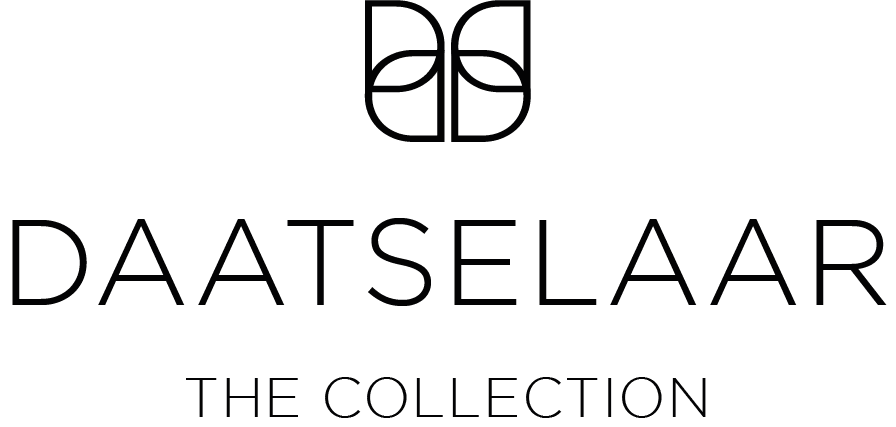
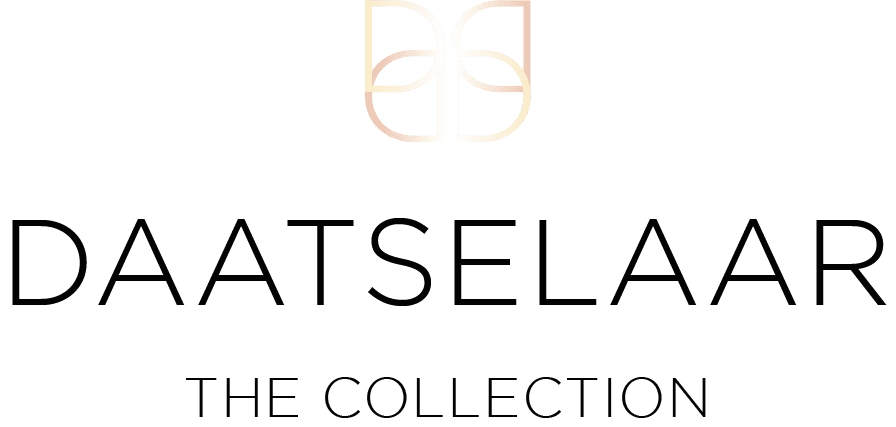
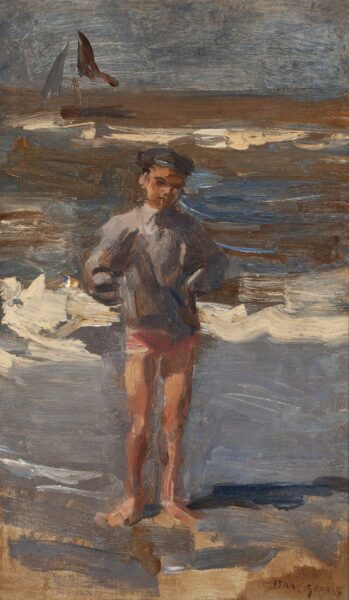
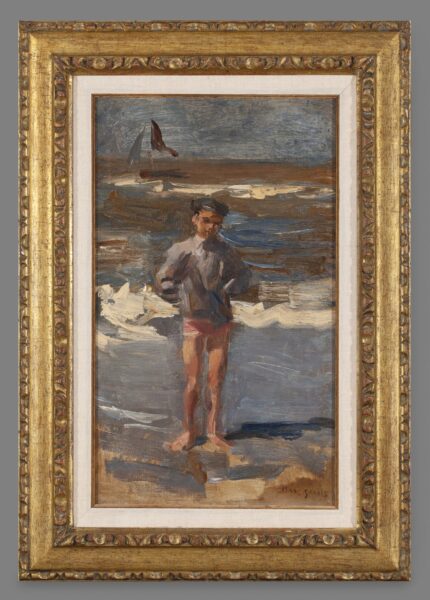
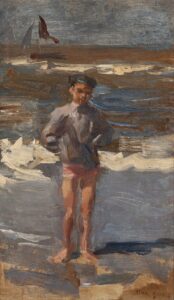
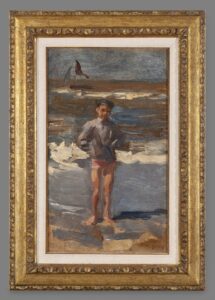

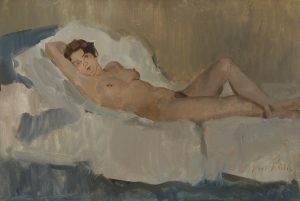

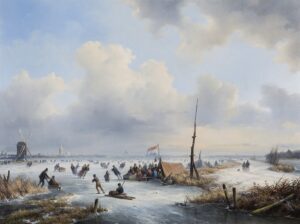


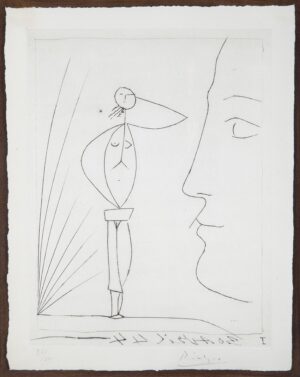
Reviews
There are no reviews yet.